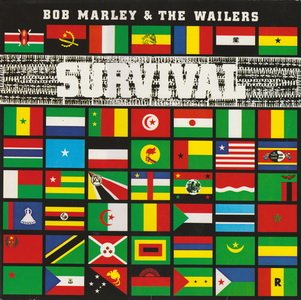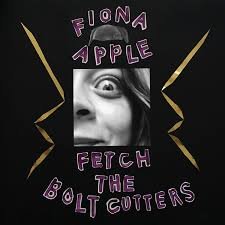Never stop talking about slavery
/“We’ve got sons and daughters.” Kirby reminds the world. Black fears kept bottled up inside. Black pain pushed to the outside. Every once in a while, the world forgets the reality of generational trauma.
“Black Leaves” by KIRBY is a new-age depiction of suffering and empowerment. You don’t have to be part of the culture to let the message overflow and wash over you. KIRBY and Thomas Brenneck, an American guitarist and producer, have created a soul-stirring exposition on Black history and its echoing effects on today’s generation.
Rhythm and melodies
The drum progression used on the track mimics a group of people marching. We the listeners, know there isn’t necessarily a physical destination, but it sparks a journey through time. It brings us back to an era far from ours where the downfall of a people began. With a subtle guitar/bass accompaniment, we are carried through the rhetoric of standing up and moving toward a call to action. Much like the beat of a heartbeat, the narrative makes its smooth crawl across trials and accomplishments.
Vocals dominate the song. A choir steers the melody through the bars, giving life to the steady drum in the background. The composition of their voices pays homage to the hymns of old which people used to sing while in the fields. There were song categories ranging from religion to escape routes and everything in between. Their songs were coded, as they were often under watch by landowners/masters, and KIRBY has written her version with a slew of affirming metaphors about excellence.
“We’ve got strength like towers”
Modern-day erasure
Kendrick Lamar at Blm peace walk, photo by Saúl López via Instagram
The effects of the trans-Atlantic slave trade are still very prevalent today. The weight of history has trickled down and manifested in ways other than the obvious. It’s not wrong to call it out, and I’d like to use a recent conflict that highlights just such behaviour.
During the Kendrick Lamar and Drake conflict, Drake said in his diss to Kendrick called “Family Matters” (2024), “Always rappin' like you 'bout to get the slaves freed. You just actin' like an activist, it's make-believe.” It’s like Drake is saying history should stay in history, and the impact surrounding slavery is no longer relevant today. He then doubles down saying that Lamar’s activism is for show. Whether it’s a farse or not, Kendrick has uplifted the community and has given them a source of strength while combating the pain instead of pretending it never existed.
If one person, namely Drake, feels this way towards Lamar, this tells us the sentiment exists in others. We can’t identify every person who has swept slavery under the rug, but the signs float to the surface in times of turmoil. Let’s change their minds.
The power of denial
Over the years, schools began teaching less about the past and more about the future they want to create. Of course, this is good, but why can’t both goals exist simultaneously? To pave a better life, we learn from our mistakes to avoid repeating them. Instead, U.S.A. President-Elect Trump aims to defund schools that teach critical race theory, among other crucial concepts.
Like other tragedies in human history, many should never be forgotten. As part of a culture and an identity, we shouldn’t minimize experiences Black people still face. There is a new kind of hurt, a different scale from how they felt circa 500 years ago, but present and effective.
Slavery should be spoken about until it’s not uncomfortable. Those unwilling to acknowledge and change their views behave like they have a loss so deep in their lives and haven’t gone through the five stages of grief. They’re stuck in denial, the first stage. Somehow, they lost the path to finding acceptance. They hold on to anger, while others protect themselves with a white saviour complex to bargain with their conscience. These depressive attitudes add to the continued discrimination towards Black people.
“We’ve got hope and power.”
Works Cited:
Speri, Alice. “US universities brace for education policies overhaul under Trump.” Al-Jazeera, 24 Nove, 2024. https://www.aljazeera.com/news/2024/11/24/us-universities-brace-for-education-policies-overhaul-under-trump.
Pillich, Simeon and others. “Songs of Slavery, Survival & Freedom.” Folkworks, 2020. https://folkworks.org/article/songs-of-slavery-survival-freedom/
Wayam Essa is a Professional Writing student at Algonquin College. This experience has given her new tools to explore artistic expressions. She enjoys studying lyricism that reaches beyond the surface. With a passion for learning languages and cultures around the world, she created a diverse foundation that elevated her understanding of singing and writing. These lessons continue to follow close behind her thirst to chase meaningful musicality.

































































